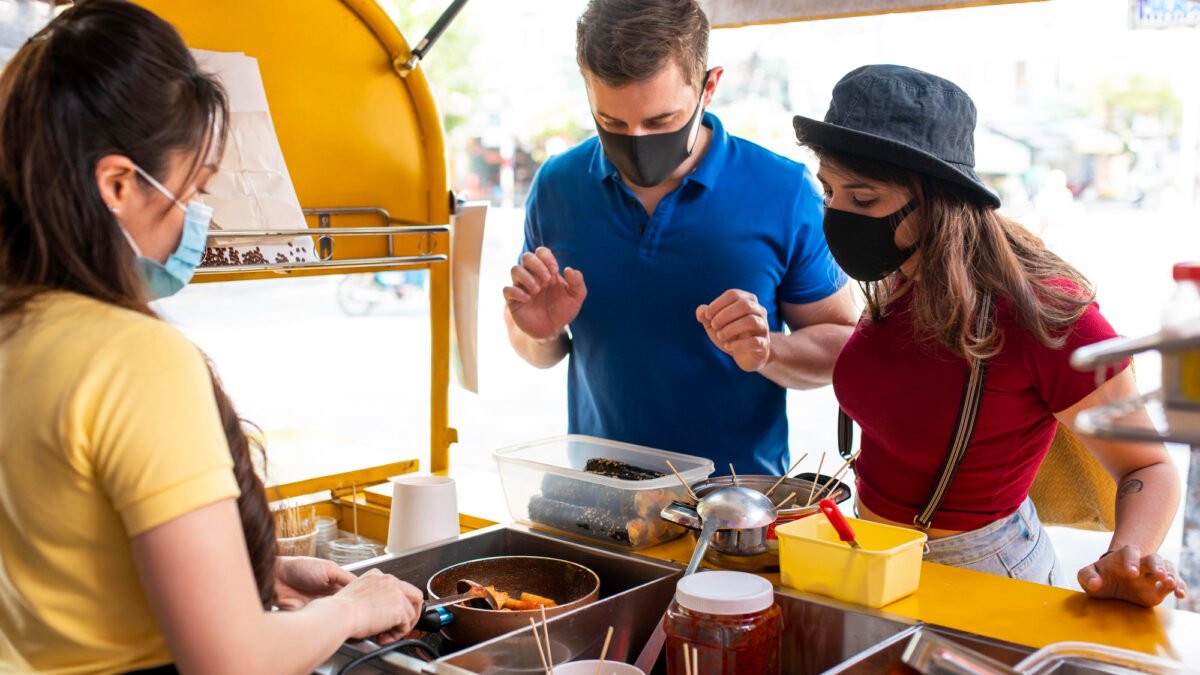Disclosure: Small Business Philippines strives to provide relevant and accurate information in all its articles. However, some information in our articles may differ or might be outdated from what you can see or read directly from the establishments’ or businesses’ websites. Please get in touch with us directly for any discrepancies.
Food parks have gained immense popularity in recent years due to their ability to cater to diverse tastes, foster a sense of community, and create a gathering place for food enthusiasts. With the increasing demand for innovative dining experiences and the Philippines’ vibrant food culture, starting a food park can be a profitable business opportunity.
When and Where to Start a Food Park
Choosing the right timing and location is crucial for the success of your food park. Consider factors such as market demand, competition, accessibility, foot traffic, and the target audience. Conduct thorough market research and select a strategic location that aligns with your target market’s preferences and lifestyle.
How to Start a Food Park – Step-by-Step Guide
Step 1: Conceptualize and Plan Your Food Park
- Determine your food park’s theme, ambiance, and target market.
- Create a business plan outlining your goals, target audience, financial projections, and marketing strategies.
Step 2: Secure Permits and Licenses
- Familiarize yourself with the legal requirements and regulations for operating a food park in the Philippines.
- Obtain the necessary permits and licenses from local government agencies.
Step 3: Find the Perfect Location
- Identify potential locations that meet your criteria.
- Consider factors such as accessibility, parking facilities, utilities, and lease agreements.
Step 4: Design and Layout
- Develop an appealing and functional layout for your food park.
- Consider seating arrangements, outdoor spaces, common areas, and vendor stalls.
Step 5: Recruit Food Vendors
- Reach out to local food vendors and invite them to be part of your food park.
- Evaluate their offerings, quality, and reputation to ensure a diverse and high-quality food selection.
Step 6: Set Up Utilities and Infrastructure
- Install necessary utilities such as electricity, water, and waste management systems.
- Provide vendors with proper facilities for food preparation, storage, and sanitation.
Step 7: Launch and Market Your Food Park
- Create a buzz around your grand opening through effective marketing strategies.
- Utilize social media, local advertising, and collaborations to attract customers to your food park.
Tips for a Successful Food Park
- Foster a sense of community by organizing events, live entertainment, or themed nights.
- Regularly assess and update your food park’s offerings to keep customers engaged and satisfied.
- Focus on customer service and maintain high cleanliness and hygiene standards.
- Encourage feedback and reviews to continuously improve your food park’s experience.
- Build strong relationships with vendors, creating a collaborative and supportive environment.
Examples of Successful Food Parks in the Philippines
- Discuss prominent food parks in the Philippines that have achieved success.
- Highlight their unique features, marketing strategies, and customer engagement initiatives.
- Learn from their experiences to inspire your own food park’s success.
Key Takeaways
Starting a food park in the Philippines can be a rewarding entrepreneurial endeavor. By understanding the key steps, considering the right location, recruiting quality food vendors, and implementing effective marketing strategies, you can establish a thriving food park that attracts a loyal customer base. Embrace innovation, foster a sense of community, and continuously adapt to meet evolving customer preferences for a successful food park business.
Ready to embark on your food park journey? Take the first step today by creating a solid business plan and conducting market research. Remember to stay updated with the latest trends and regulations in the food industry to ensure your food park’s long-term success. Good luck!



